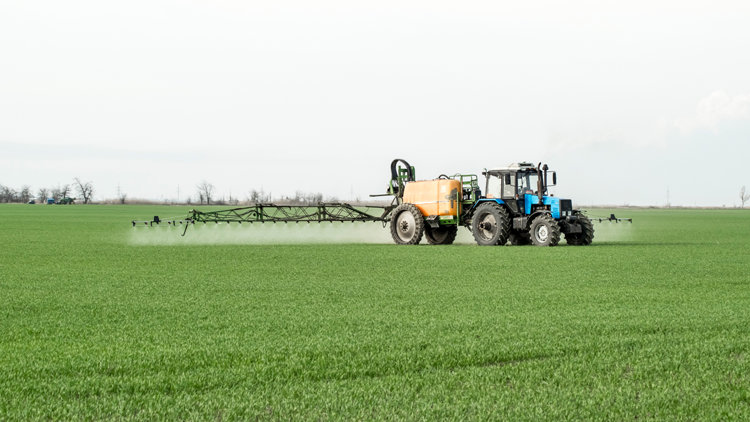
When it comes to crop inputs, price volatility has been a popular topic of conversation this year among many growers. Weather patterns have been changing across the country, making it tough to follow our usual guidelines when it comes to applying fertilizer, not to mention the price tag that comes along with it. In a recent webinar conducted by the University of Minnesota Extension, extension specialist Dan Kaiser and extension researcher Jeff Vetsch dove deep into how to get the best return on investment when it comes to fertilizer.
Dry conditions for much of the country this past year have had farmers questioning how much fertilizer they should apply to capitalize on crop yields. Commodity price, along with supply issues, could also play a big role as to how much product suppliers will have access to. These concerns are making growers consider new ways to optimize yield without breaking the bank.
With the rainfall some parts of the country have been getting, it is enough to get the process going, but not necessarily enough to incorporate the urea, stated Kaiser. Without any rainfall, hydrolysis will not occur, causing the product to simply sit on the surface and not undergo the hydrolysis process.
Kaiser and Vetsch recommend the split use of Environmentally Smart Nitrogen (ESN), which is a polymer coated urea. ESN urea allows a true controlled and slow release over a period of time and protects against volatilization, denitrification, and leaching losses. Straight ESN can be expensive, so using ESN in a blend, particularly one-third ESN and two-thirds conventional urea, works well, noted Vetsch. Although, Kaiser stated, “With urea right now, I don’t think that these early applications would be necessarily beneficial at this point.” Kaiser also noted that anhydrous would make more sense, which would be a safer bet for early application, but it is important not to jump the gun.
Utilizing tools like precision soil sampling and variable rate technology to help get the best return on investment when it comes to fertilizer application is also recommended. Variable rate application is the process of combining different fertilizers and rates to different areas of the field with certain types of soils to optimize crop yields. To be more cost efficient, it is important to choose fields where variable rate application would make sense to maximize crop yields. Keep in mind soil test results when selecting these areas, and also note the manure application history.
With a lot of hurdles being thrown at producers this growing season, it is important to cut costs where you can, while implementing strategies that will be beneficial to your operation. “Really the best thing we can do with our annual cropping system is trying to target as close as we can to the economic nitrogen rate within a particular field.” said Kaiser.








